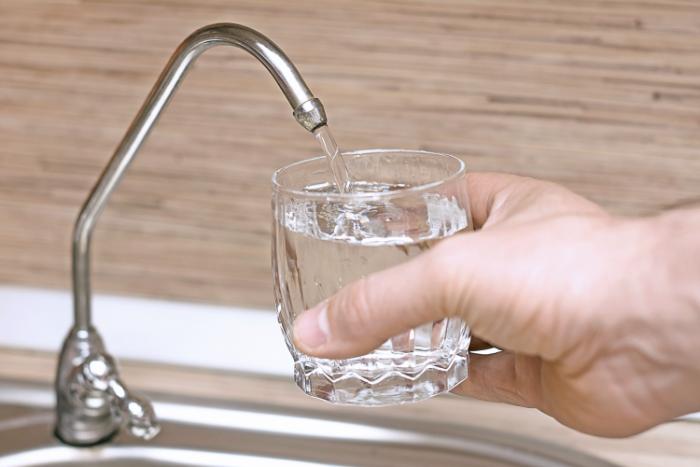What Does Oxidation-Reduction Potential Stand For in Water Testing?
Using oxidation-reduction potential (ORP) measurements is an important way to monitor the oxidizing and reducing properties of sanitizers in water. These measurements help identify patterns and changes in water that could affect aquatic ecosystems. There are a variety of applications for ORP measurement, from testing the quality of drinking water to monitoring the effectiveness of sanitizing agents in cooling towers.
(For testing hot water heater element, contact us today!)

For example, a higher ORP level indicates that the water is able to destroy unwanted contaminants, such as bacteria. This is a good indicator that the water is safe to drink, touch, or recycle. However, a low ORP value indicates that the water is not sanitized and may contain anaerobic microbial activity. This means that the water may be contaminated by industrial wastewater.
Dissolved oxygen is the safest oxidizer, as it is the only oxidizer that has higher electronegativity than water. This means that it has the ability to pull electrons from bacteria and other unwanted contaminants. Oxidizers such as chlorine contribute to higher ORP levels, but there are also a number of other factors that affect the ORP value of a solution.
Oxidation-reduction potential is an important water quality measurement because it determines the cleanliness of a water sample. This means that it is important for applications such as disinfection, cooling tower disinfection, and aquaculture.
A positive reading indicates that the water is oxidizing, and a negative reading indicates that the water is reducing. This is because oxidizing agents take electrons from other molecules, and reducing agents give up electrons to other molecules. In the case of chlorine, a positive reading indicates that the chlorine is free to oxidize, and a negative reading indicates that the chlorine is not free to oxidize.
Oxidation-reduction measurements are important for swimming pools, because they indicate that the water is safe for swimming. In order to disinfect a swimming pool, the ORP value of the water must be 600 to 800. If the value is below 600, the disinfectant is not working effectively. If the value is above 800, the water is safe for swimming.
Another common application of ORP measurements is to detect whether water has been contaminated by industrial waste. If the water is contaminated by industrial waste, a low ORP value indicates that it has been contaminated by microbial activity. The low ORP value also indicates that the water may have been contaminated by total dissolved solids (TDS) such as calcium or magnesium.
Oxidation-reduction tests are used for a variety of applications, but the most common is water disinfection. Since oxidizing agents such as chlorine and bromine are used in water supplies, a positive ORP reading indicates that the water is sanitized. However, the presence of hydrogen sulfide or total dissolved solids may also contribute to a low value.
In contrast, a higher ORP reading indicates that the water is safe to ingest and recycle. This is because oxidizing agents such as chlorine and bromine have the ability to destroy bacteria, and reducing agents give electrons to a variety of molecules.

